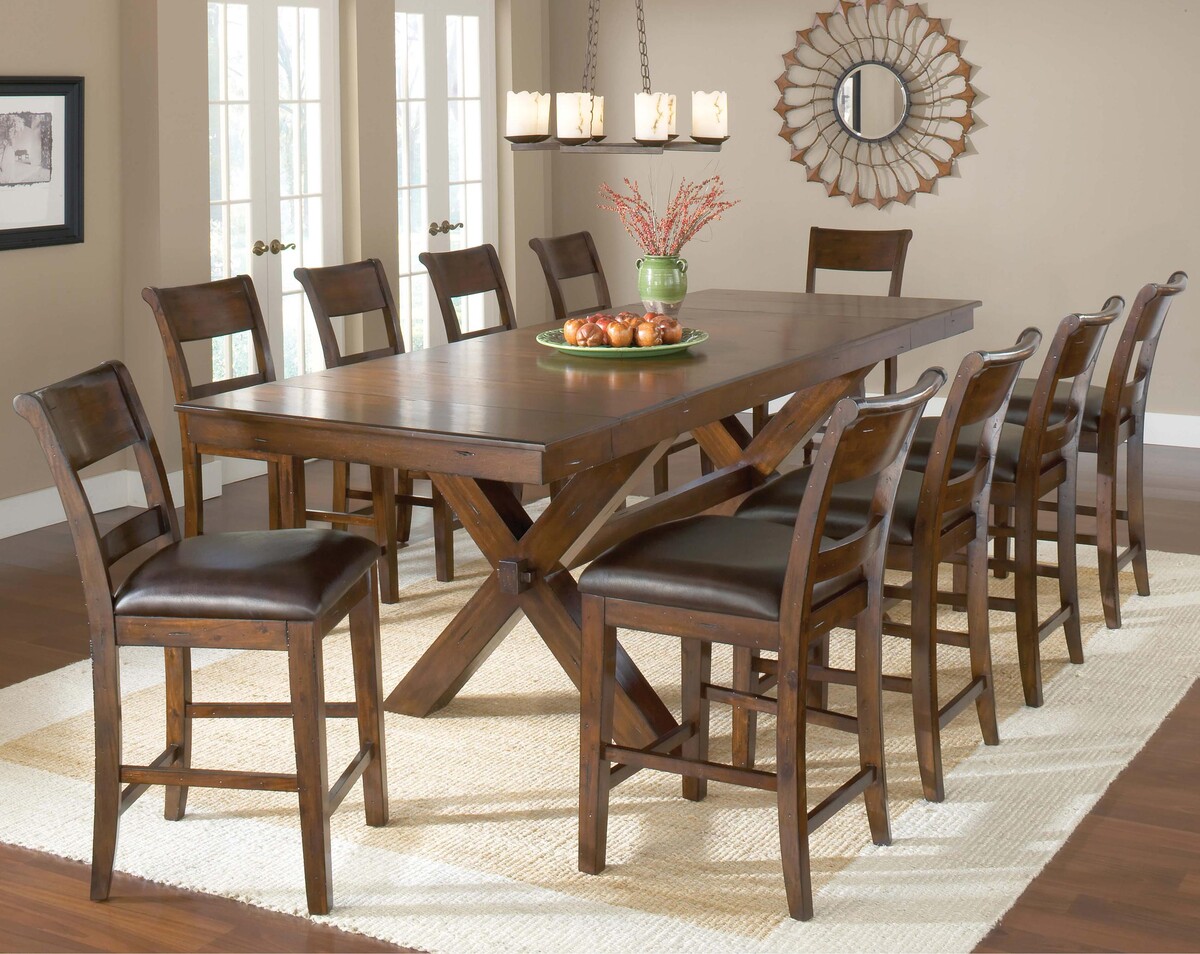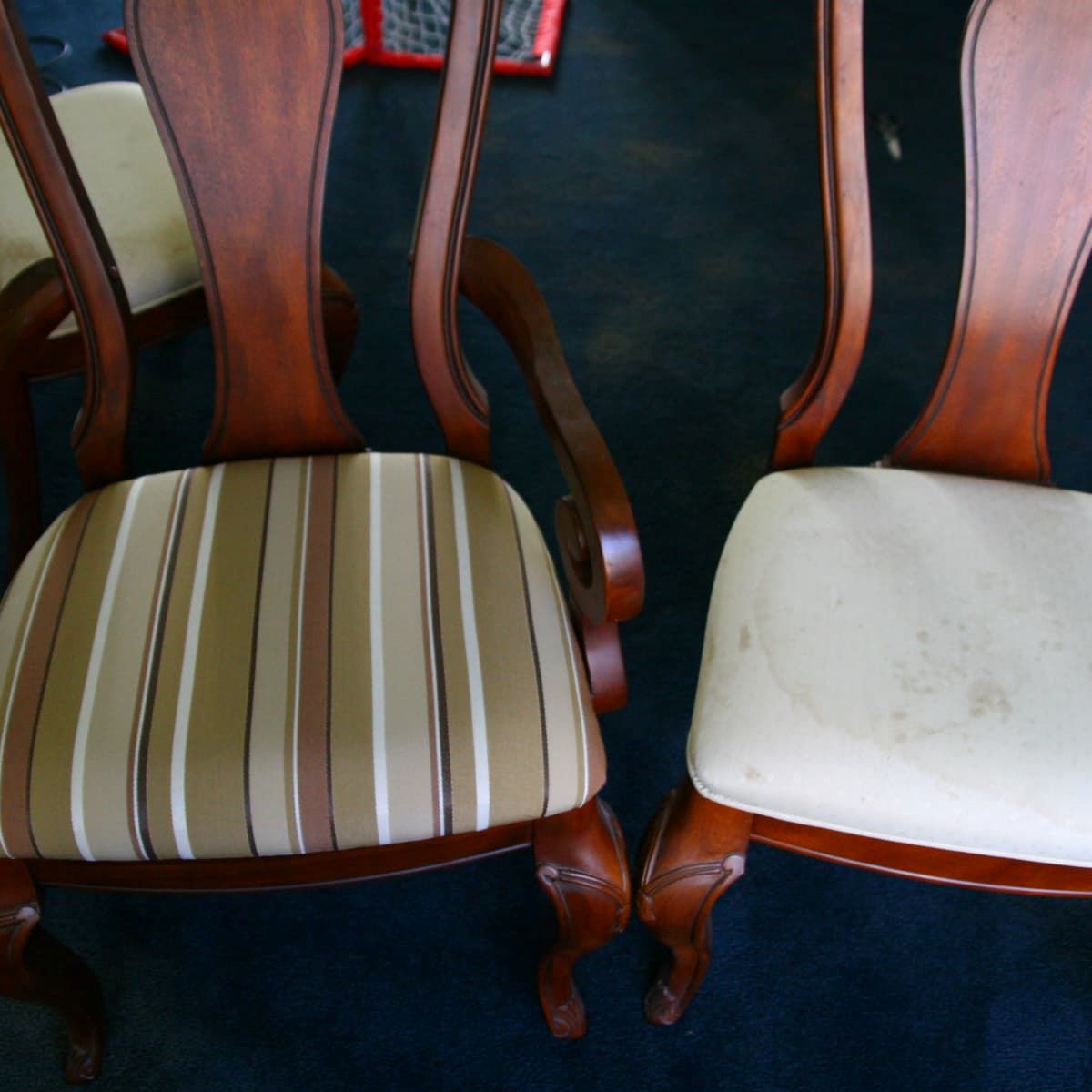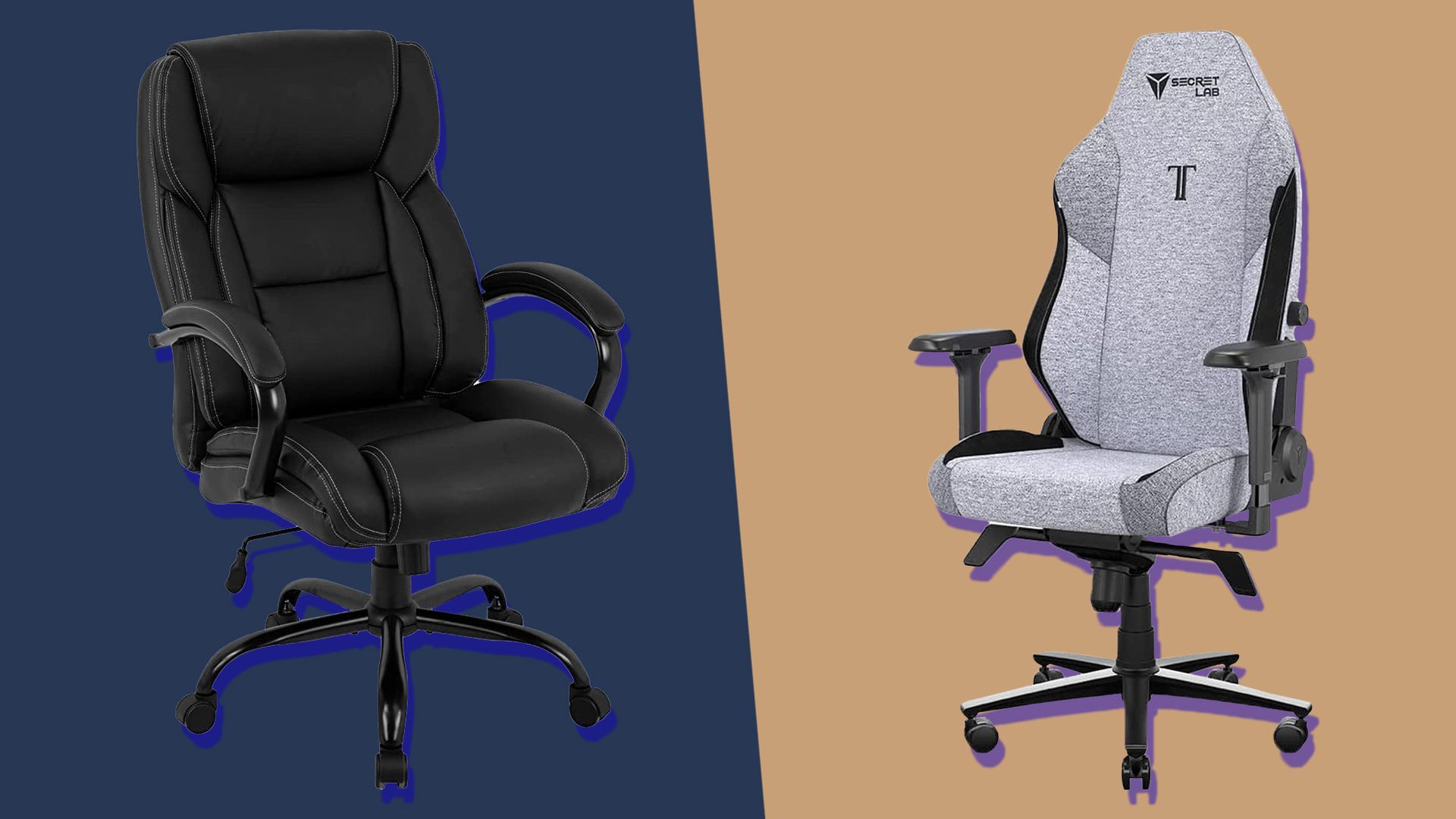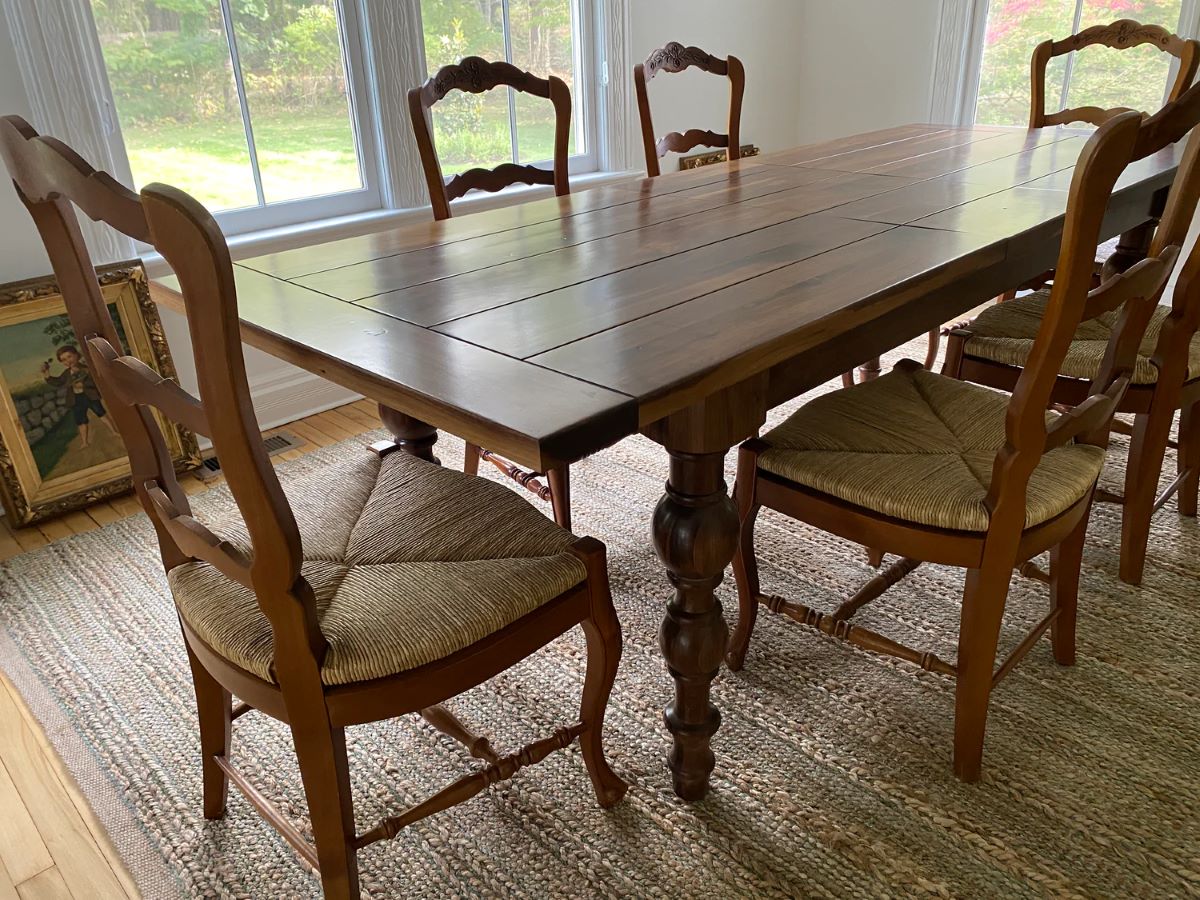Home>Furniture & Design>Kitchen Furniture>How Much Space Between Dining Chairs?


Kitchen Furniture
How Much Space Between Dining Chairs?
Published: January 31, 2024
Discover the ideal spacing for dining chairs in your kitchen. Get expert tips on kitchen furniture and design to create a functional and stylish dining area.
(Many of the links in this article redirect to a specific reviewed product. Your purchase of these products through affiliate links helps to generate commission for Storables.com, at no extra cost. Learn more)
Introduction
When it comes to designing a dining area, every detail matters, including the spacing between dining chairs. The amount of space you leave between chairs can significantly impact the overall look and functionality of the space. Whether you're furnishing a cozy breakfast nook or a grand dining room, finding the right balance of comfort, aesthetics, and practicality is essential.
In this comprehensive guide, we will explore the factors to consider when determining the ideal spacing between dining chairs. From standard spacing guidelines to alternative options, we'll provide you with the insights you need to make informed decisions for your dining area. So, let's delve into the world of dining chair spacing and discover how to create a harmonious and inviting dining space.
Key Takeaways:
- Finding the perfect spacing between dining chairs involves considering room size, chair width, table dimensions, and usage patterns. It’s about creating a comfortable and visually appealing dining area that suits your unique style and functional needs.
- While standard spacing guidelines provide a solid foundation, alternative options offer creative flexibility. Whether you prefer an intimate and cozy arrangement or a more open and adaptable layout, the spacing between dining chairs plays a pivotal role in shaping the ambiance and functionality of the space.
Read more: How Much Fabric To Recover Dining Chairs
Factors to Consider
Several factors come into play when determining the ideal spacing between dining chairs. Understanding these factors will help you create a comfortable and visually appealing dining area:
- Room Size: The dimensions of the room where the dining chairs will be placed are crucial. A smaller room may require narrower spacing to ensure that the chairs can be comfortably pulled out without obstructing walkways, while a larger room allows for more flexibility in spacing.
- Chair Width: Consider the width of the chairs themselves. Bulkier chairs will naturally require more space between them to accommodate movement and ensure that guests have enough elbow room.
- Table Shape and Size: The shape and size of the dining table play a significant role in determining chair spacing. Round or square tables may necessitate less space between chairs compared to rectangular tables.
- Usage: How the dining area will be used is an important consideration. If it is primarily for formal gatherings or entertaining, you may want to provide more spacious seating arrangements. For casual dining or everyday use, a slightly closer spacing might be suitable.
- Aesthetic Preferences: Your personal style and aesthetic preferences also influence chair spacing. Some individuals prefer a more open and airy look, while others may opt for a cozy and intimate arrangement.
- Accessibility: Consider the accessibility of the dining area, especially if you have family members or guests with mobility challenges. Ample space between chairs ensures easier navigation and a more inclusive dining experience.
By taking these factors into account, you can tailor the spacing between your dining chairs to suit the specific needs and dynamics of your dining space, ultimately enhancing comfort and functionality.
Standard Spacing Guidelines
While there are no rigid rules for chair spacing, there are standard guidelines that can serve as a helpful starting point when arranging dining chairs:
- Side-by-Side Spacing: For chairs placed side by side along a dining table, a general rule of thumb is to allow 24 to 30 inches of space between the centers of each chair. This provides ample room for guests to sit comfortably without feeling cramped.
- Chair to Table Clearance: To ensure that chairs can be pulled in and out with ease, aim for a clearance of at least 6 inches between the chair back and the edge of the table. This allows individuals to move in and out of their seats without feeling confined.
- Walkway Clearance: If the dining area is part of a larger room or open floor plan, it’s essential to maintain adequate walkway clearance around the table. Aim for a minimum of 36 inches between the table and any obstructions, such as walls, furniture, or other architectural features.
- Visual Balance: Strive for visual balance when arranging dining chairs. Even spacing between chairs contributes to a harmonious and polished look. Consistency in spacing can create a sense of order and refinement in the dining area.
These standard spacing guidelines provide a solid foundation for arranging dining chairs in a way that promotes both comfort and visual appeal. However, it’s important to adapt these guidelines to suit the specific dimensions and dynamics of your dining space, ensuring a customized and inviting layout.
Aim for 24-30 inches of space between dining chairs to allow for comfortable movement and to prevent overcrowding. This will ensure that guests can easily sit down and get up from the table without feeling cramped.
Alternative Spacing Options
While standard spacing guidelines offer a practical framework, there are alternative spacing options that can be tailored to specific design preferences and functional needs:
- Intimate Seating: For a cozy and intimate dining experience, you may opt for slightly narrower spacing between chairs. This arrangement can create a sense of closeness and conviviality, making it ideal for small gatherings and casual meals.
- Bench Seating: In lieu of individual chairs, consider incorporating benches into your dining area. Bench seating allows for more flexibility in spacing, as it can accommodate multiple individuals without the need for precise chair-to-chair measurements.
- Adjustable Seating: If your dining area serves various purposes, consider incorporating adjustable seating options. Chairs with removable cushions or extendable benches provide the versatility to adapt the spacing based on the specific dining occasion.
- Custom Spacing: Embrace the freedom of custom spacing to achieve a tailored look. Depending on the size and shape of your dining area, customizing the spacing between chairs allows you to optimize comfort and aesthetics according to your unique preferences.
- Open Concept Arrangements: In open concept living spaces, consider integrating the dining area into the overall layout. This approach allows for more fluid and flexible chair spacing, blurring the lines between dining and living areas for a seamless and integrated feel.
By exploring alternative spacing options, you can personalize the arrangement of dining chairs to reflect your individual style and the specific dynamics of your dining space. Whether you prefer a cozy and communal atmosphere or a versatile and adaptable layout, these options offer creative avenues for optimizing your dining area.
Conclusion
Creating the perfect spacing between dining chairs involves a delicate balance of practical considerations and aesthetic preferences. By taking into account factors such as room size, chair width, table dimensions, and usage patterns, you can tailor the spacing to suit the specific dynamics of your dining area.
While standard spacing guidelines offer a reliable starting point, alternative options provide creative flexibility, allowing you to craft a dining space that aligns with your unique style and functional needs. Whether you prefer an intimate and cozy arrangement or a more open and adaptable layout, the spacing between dining chairs plays a pivotal role in shaping the ambiance and functionality of the space.
Ultimately, the ideal spacing between dining chairs is one that fosters comfort, encourages interaction, and complements the overall design of the dining area. By carefully considering the various factors and exploring diverse spacing options, you can curate a dining space that not only looks inviting but also enhances the dining experience for you, your family, and your guests.
So, as you embark on the journey of designing your dining area, remember that the spacing between dining chairs is not merely a matter of measurements; it’s an opportunity to infuse your personal touch and create a space where cherished moments are shared and savored.
Frequently Asked Questions about How Much Space Between Dining Chairs?
Was this page helpful?
At Storables.com, we guarantee accurate and reliable information. Our content, validated by Expert Board Contributors, is crafted following stringent Editorial Policies. We're committed to providing you with well-researched, expert-backed insights for all your informational needs.
















0 thoughts on “How Much Space Between Dining Chairs?”